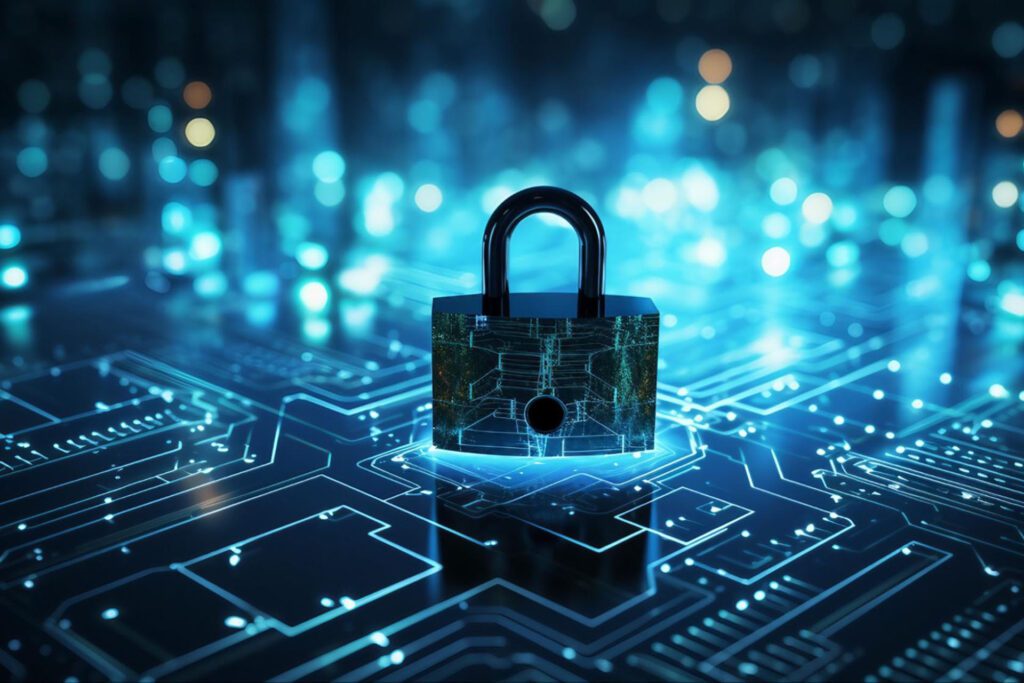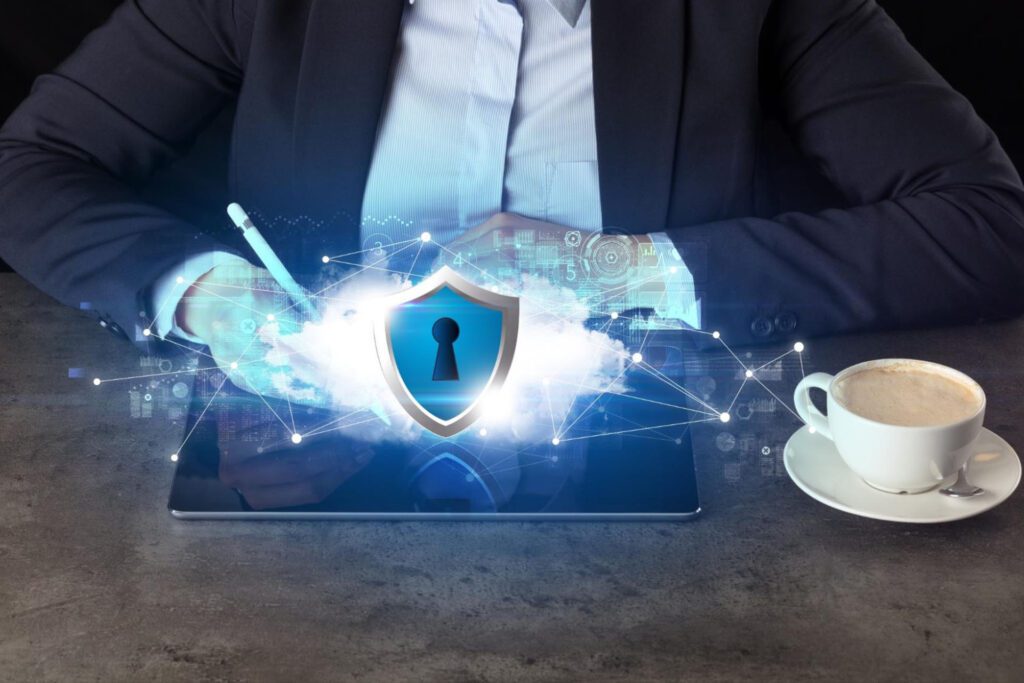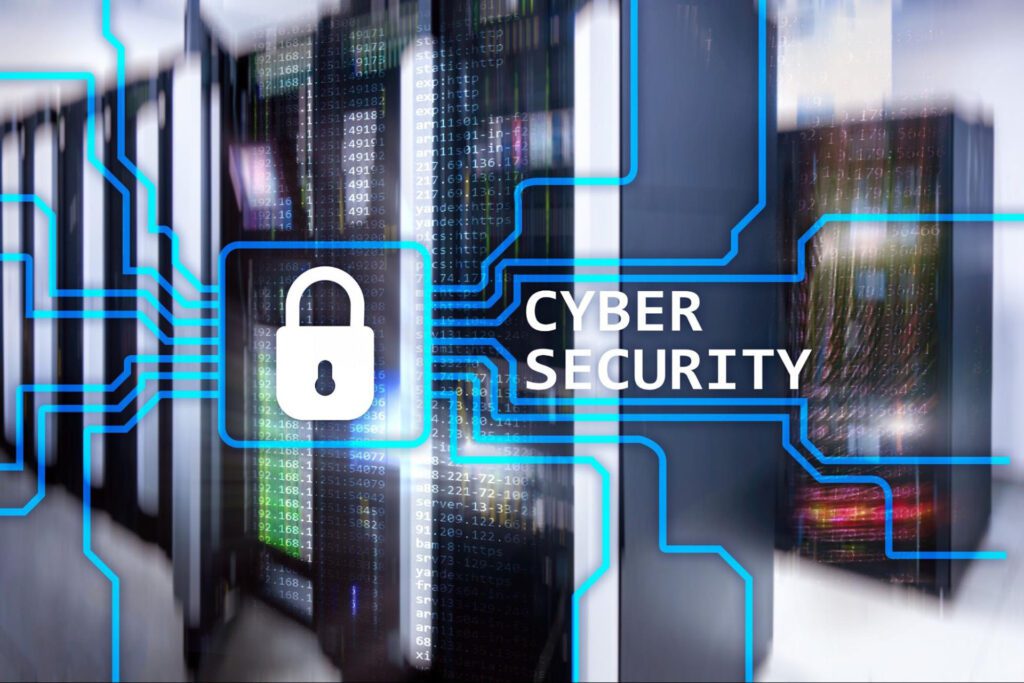The security of your home network is paramount. As technology advances, so do the threats that can compromise your personal information. Whether you’re working from home or simply enjoying online entertainment, a robust cybersecurity strategy is essential. This comprehensive guide will walk you through the crucial steps to safeguard your home network.
What Is Cybersecurity?
In an era where our lives are intricately woven into the digital realm, the importance of cybersecurity cannot be overstated. As we navigate the vast landscape of the internet, it’s important to learn how to protect our personal information from evolving cyber threats. In this post, we offer practical insights to fortify your digital defenses and ensure a secure online presence. From securing your Wi-Fi network to implementing robust password practices, let’s embark on a journey to safeguard your digital world.
1. Understanding the Threat Landscape
Before fortifying your defenses, it’s crucial to grasp the diverse threats that lurk in cyberspace. From malware and phishing attacks to unauthorized access attempts, knowing your enemy is the first step in building an effective defense.
2. Securing Your Wi-Fi Network
Your Wi-Fi network is the gateway to your digital world, making it a prime target for cyber threats. Begin by setting a strong, unique password for your router. Enable WPA3 encryption for advanced security, and regularly update your Wi-Fi network’s firmware to patch vulnerabilities.
3. Implementing Robust Password Practices
Passwords are the first line of defense against unauthorized access. Create complex passwords using a mix of uppercase and lowercase letters, numbers, and symbols. Avoid easily guessable information like birthdays or names. Consider using a reputable password manager to generate and store strong, unique passwords for each of your accounts.
4. Enabling Two-Factor Authentication (2FA)
Adding an extra layer of protection, 2FA requires users to verify their identity through a secondary method, like a code sent to a mobile device. Enable 2FA whenever possible, especially for critical accounts such as email, banking, and cloud services.
5. Regular Software Updates
Outdated software is a vulnerability waiting to be exploited. Ensure all devices, from your operating system to individual applications, receive regular updates. These updates often contain security patches that shield your system from known vulnerabilities.
6. Installing a Robust Antivirus Program
Invest in a reputable antivirus program to detect and eliminate malware threats. Regularly update the antivirus software and conduct routine scans to ensure your system remains secure.

7. Creating Guest Networks
If your router supports it, establish a separate guest network for visitors. This ensures that guests have internet access without compromising the security of your main network. Set a strong password for the guest network and change it regularly.
8. Monitoring Network Activity
Stay vigilant by monitoring your network for suspicious activity. Many routers provide logging features that allow you to review connected devices and track their activity. Regularly check these logs for any anomalies.
9. Educating Family Members
Cybersecurity is a collective effort. Educate your family members about the importance of online security. Encourage them to follow best practices, recognize phishing attempts, and report any suspicious activities.
10. Backing Up Your Data
In the event of a cyberattack or hardware failure, having a backup of your data is crucial. Regularly backup important files to an external hard drive or a secure cloud service. This ensures that you can recover your data even if the worst-case scenario unfolds.
11. Using a Virtual Private Network (VPN)
A VPN adds an extra layer of security by encrypting your internet connection. This type of security is especially important when using public Wi-Fi networks. Invest in a reputable VPN service to protect your online activities from prying eyes.

Fortifying Your Digital Fortress
As our lives become increasingly intertwined with technology, safeguarding our home networks is non-negotiable. The proactive measures outlined in this comprehensive guide empower you to create a robust cybersecurity strategy. By understanding the threats, implementing best practices, and staying vigilant, you not only protect your personal information but also contribute to the broader effort to create a secure digital environment for everyone.
To learn more about cybersecurity and internet service provider services, check out our SmarterHome.ai blog.


